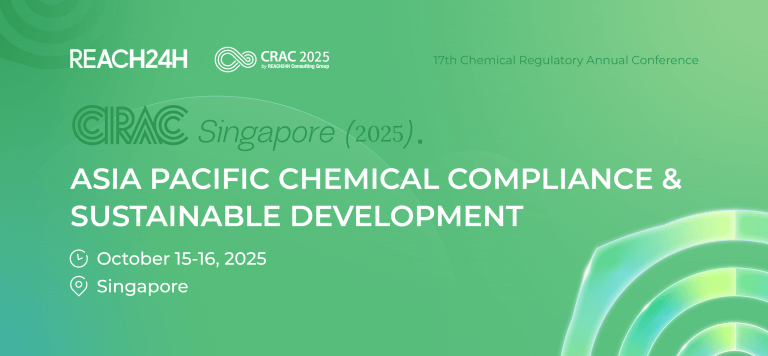General situation of China’pesticide export
China’s pesticide sector has a huge export surplus and the export is ten times larger than import. China’s pesticide export totaled 1.85 million tons, amounting to some 10.2 billion USD in 2019 whereas the import was only 59,112 tons and 656 million USD. Technical grade active ingredients (TGAI) accounted for 60% of the export value but formulated products accounted for about 80% of the import value. 50% of the export revenue came from herbicides, followed by insecticides (34%), fungicides (14%) and plant growth regulators (2%). The most imported category was fungicide (47%), followed by insecticide (36%), herbicide (15%) and plant growth regulators (2%). 31% of the pesticides were exported to Asia, followed by Latin America, (30%), North America(14%), Europe(12%), Africa (10%) and Oceania(3%). China exported pesticides to 174 countries(regions) and the top 10 destinations contributed 52% of the volume and 54% of the value and the 25 export destinations who sourced 100 million USD accounted for over 70% of the export. The exported pesticides were produced in 28 Chinese provinces and over 60% of the exported pesticides came from the Top 3 producing provinces: Jiangsu, Shandong and Zhejiang. About 2000 enterprises are licensed producers and 856 of them exported pesticides in 2019 and the top 100 enterprises accounted for over 70% of the exported pesticides.Policy causes behind the growth against global downtrend in 2020
In 2020, the export decreased in February, but strongly rebound over the following three months partly owing to a series of favorable policies issued in 2020:- In February, also at the height of lockdown, the Chinese government promptly opened a green channel for agricultural inputs to allow pesticide convoys to pass unimpeded within the territory;
- In the middle of March, China increased the tax rebate rate for formulated pesticides and formulation processing enterprises now can receive the same refund as TGAI producers;
- On June 8, the Ministry of Agriculture and Rural Affairs issued announcement 269 aimed to clarify the requirements for export-only registration, a longstanding pending issue after pesticide regulatory reform since 2017.
Biopesticide has an obvious appeal to policymaker
The number of pesticides newly registered with MoARA maintained at 2200 to 3610 from 2011 to 2016 and hit a record high of 4515 in 2018, but slipped to a record low of 231, largely because of the elevated data requirements enforced. However, 9 new active ingredients were approved in 2019, of which 3 were developed by Chinese enterprises and 1 was jointly developed by Chinese and overseas enterprises. It's also worth noting that 3 of these active ingredients are biopesticides that enjoying increasing preferential policies. On September 18, MoARA introduced the fast-track registration process for biopesticides, joint testing of minor-crop use pesticides, new pesticides substituting highly toxic pesticides, etc. Meanwhile, their waived data requirements have been gradually formed during several recent ICAMA expert meetings. If a microbial, pheromone, naturally-derived plant growth regulator or polysaccharide formulation was processed from low toxic technical (TC) or technical concentrate (TK), the data required for TC/TK registration can be replaced by experimental data on its formulation. Pheromone trappers or dispensers can be exempted from residue and environmental impact data, risk assessment report and their TK/TCs can be exempted from the mutagenic test, sub-chronic oral toxicity test and environmental impact tests.Common problems in dossier preparing and standardizing reviewing process
ICAMA experts have also summarized the most common and recurring defects lead to rejection after the regulatory reform:- The physical & chemical test reports are not compiled into GLP format;
- The active ingredients used in multi-element formulations have the same mechanism of action;
- The test report issued from overseas labs will no longer be recognized by the end of 2020;
- Absence of risk assessment report(s), or incorrectly uses of parameters, models and miscalculation;
Relevant Events
【Play Back】Analysis of China Pesticide Import-Export Market and Interpretation of Export Regulations
【Play Back】Understanding Latest Developments in China's Pesticide Registration System




